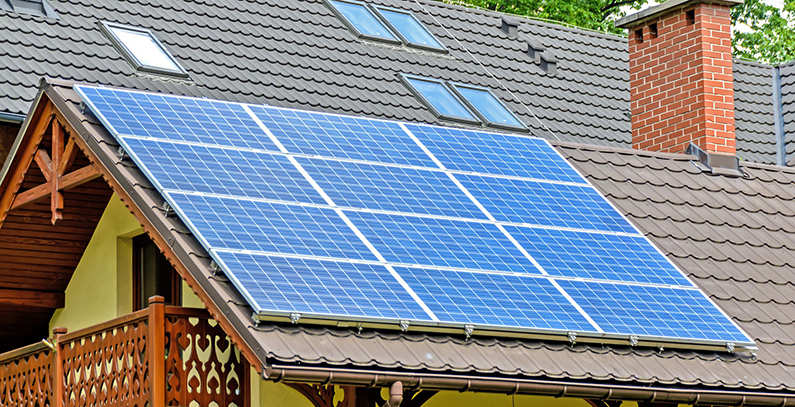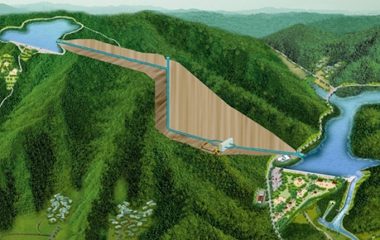
Photo: Pixabay
In 2019 Slovenia installed 2,496 solar photovoltaic systems with a total capacity of 31.2 MW of which the vast majority is for self-consumption. Compared to 2018 this is an increase of 233%.
The growing number of prosumers in Slovenia mirrors the trend in Europe. In the Netherlands last year there were 200,000 new PV systems, and the leader is Spain where there is 1 GW of on-site solar installations, most of that in the last three years.
An increase of 233% compared to 2018 was registered
The rise of distributed systems for self-consumption is pushed by a decrease in the price of the components, well-tailored state support models and reduction of administrative barriers.
A PV system for self-consumption could be installed with a maximum capacity of 11 kW
A PV system for self-consumption in Slovenia could be installed with a maximum capacity of 11 kW. The surplus of electricity is stored in the grid while the calculation is done once a year. Last year 2,482 PV installations for self-consumption were installed. Their capacity was 30.68 MW.
The state is also offering a support scheme for renewable energy sources (RES) and high-efficiency cogeneration (CHP). Under the scheme, 14 installations with an installed capacity of 1.5 MW were connected to the grid, according to the report produced by Slovenia’s PV portal.
The generation of all solar power plants reached 268 GWh or 1.8% of the total electricity production
At the end of 2019, there were 8,038 solar power units in total with a total capacity of 313 MW. These installations have produced 268 GWh which is 5.5% lower than in the record year – 2017.
The share of solar in total electricity production was 1.8% in 2019.
The solar power industry in Slovenia includes up to 20 companies with an overall annual income of EUR 100 million.


















Be the first one to comment on this article.